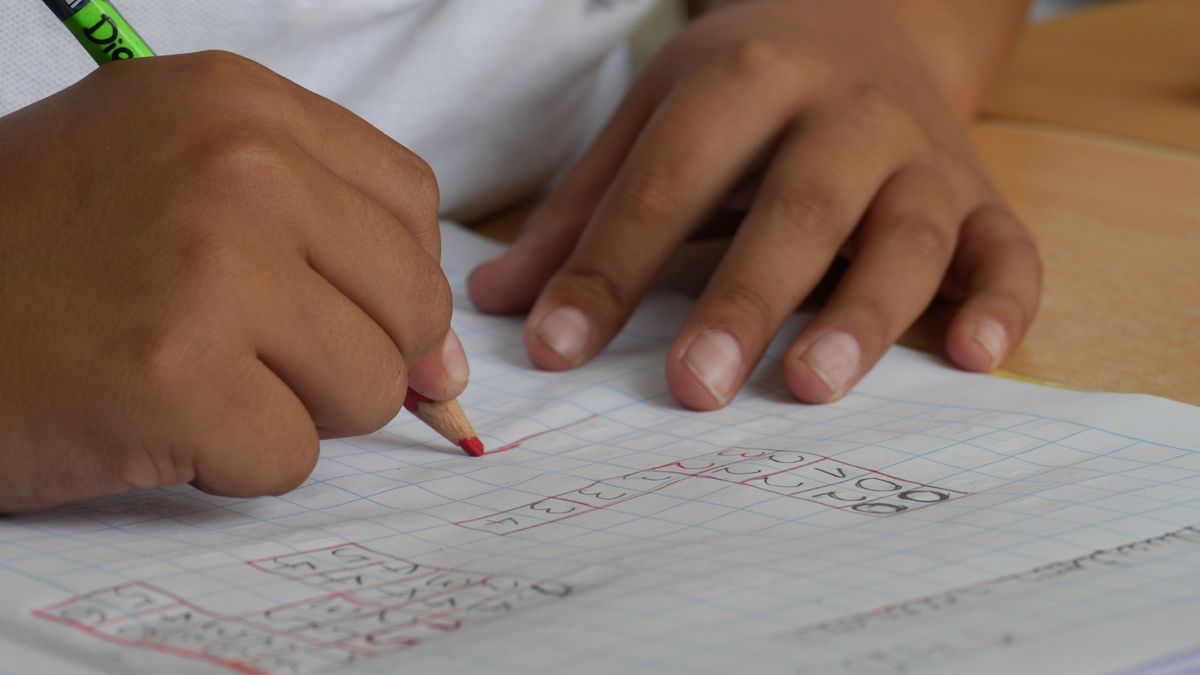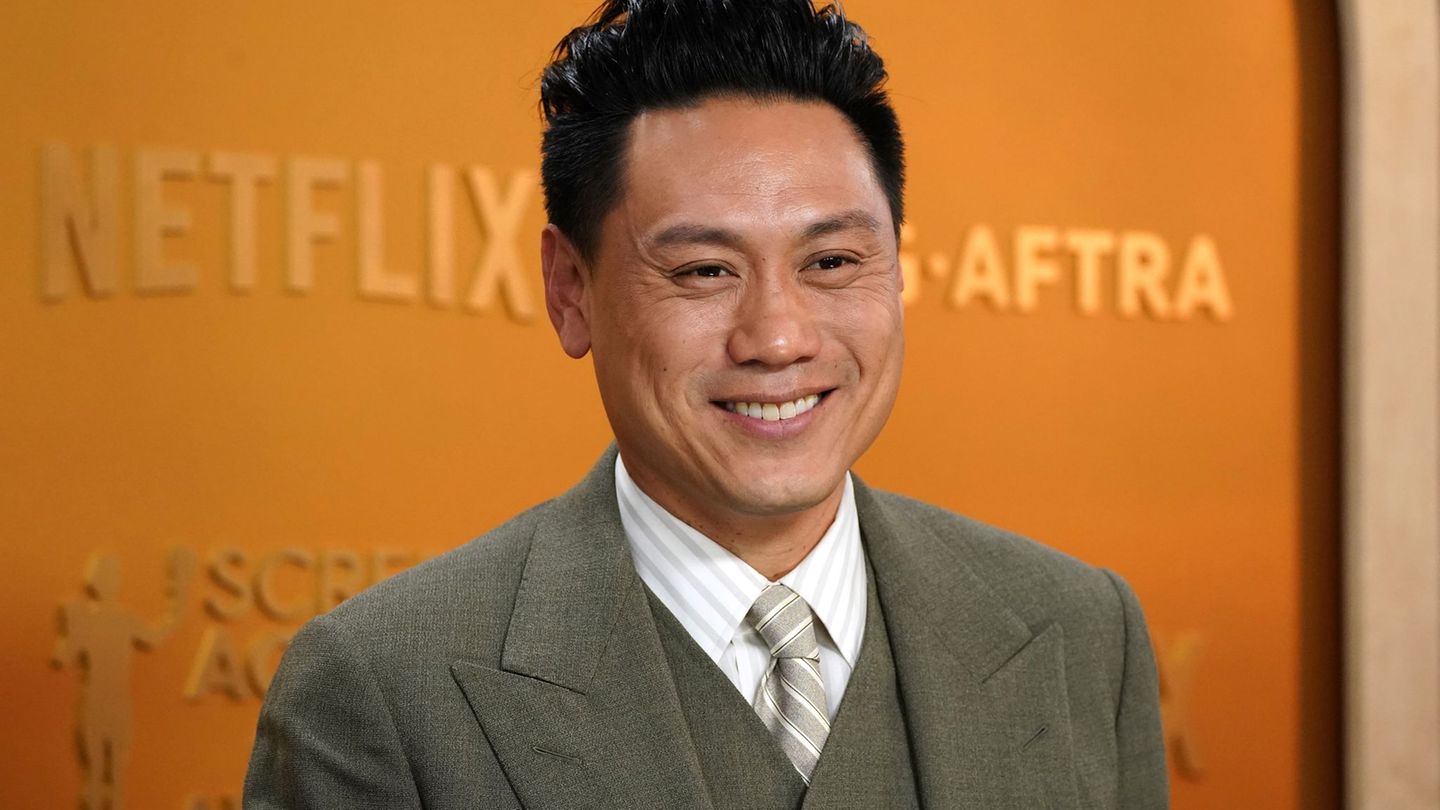Changes in practice
A central point in the reform is the greater autonomy of the centers, where directors and teachers can evaluate whether or not the functioning of the classroom is changed. As they move within the framework of the educational program, teachers will be able to plan classes differently according to the context of the school or high school.
For Primary, It is possible to decide on a rotation of teachers in the classrooms -depending on whether one has more knowledge in social sciences and another more in mathematics- or there may also be more than one teacher giving classes.
Despite the autonomy raised, the need for a teacher focused “on what the child knows how to do” over “the specific content that is taught” is sustained, where it is prescribed that all teachers teach in this way, and for that there will be training.
For 7th, 8th and 9th grades, the change is in relation to what teachers are going to do in class. The name change does not imply staying in school until 9th grade, but going to the Lyceum once they finish 6th grade, but it will be called 7th grade instead of 1st. The idea behind this is a gradual pass between Primary and Secondary, avoiding sudden changes.
As far as the evaluation, by 2023 there will be no card with a scale from “regular” to “excellent”. The evaluations will be based on the 10 competencies that the student must acquire: metacognitive competency, intrapersonal competency, initiative and action orientation, communication, relationship with others, creative thinking, critical thinking, scientific thinking, computational thinking and competence in local citizenship, global and digital.
As to teacher training Changes in infrastructure are announced, foreseeing the installation of more teachers’ rooms in urban schools. ANEP also seeks more frequent teacher meetings.
For the Basic Cycle, the traditional evaluation is maintained from 1 to 12 in each of the subjects.
Repetition and new subjects
One of the biggest changes is that the student will only be able to repeat in 2nd, 4th, 6th and 8th, that is, at the end of each cycle. The identification of those students who have more difficulties will be maintained, in order to continue offering specific accompaniments instead of making them repeat the year.
In the case of Initial educationfrom 2023 the repetition for boys and girls will be removed.
For the grade pass it is highlighted that in 7th, 8th and 9th there will be no more exams. 7th graders will be able to go on to 8th grade with some subjects still in the approval process, although to attend 9th grade it is necessary to reach six as a minimum grade.
Regarding new subjectsin the Basic Cycle they will merge some traditional subjects, for example Environmental Sciences (nature, society) in which Geography is joined with Biology, and will be taught in 7th and 8th grades.
Three subjects were created for 9th grade: Communication and Society (composition, linguistics and reading comprehension), Contemporary World (history, culture and politics) and Training for citizenship (law with an emphasis on human rights), which was previously Citizen Training. This last subject will also integrate contents that were seen in the subject of Vocational Guidance.
I know will modify the content for two subjects of the Basic Cycle: Computer Science and Art, distributed as follows: in 7th there will be Art with an emphasis on plastic arts, in 8th there will be Art with an emphasis on image and design, and in 9th there will be Art with an emphasis on literature. In the case of Computer Science, in 7th grade it will have an emphasis on digital literacy, in 8th grade it will focus on digital technologies, and in 9th grade it will focus on programming.
In total, there will be 11, 12 and 13 subjects in each year -respectively-, including the elective workshop.
The education reform will introduce the frequently mentioned projects and workshops. For the former, both at school and high school, teachers will begin to design interdisciplinary projects.
These projects will be by cycle, that is to say that initially there will be a project that will integrate Initial Education and 1st and 2nd grades of school. An example of a project, related to environmental science, could be about renewable energy, plants and light. The resource or implementation of this would be, for example, creating a joint garden.
On the other hand, in 7th, 8th and 9th there will be optional and annual workshops. The student must choose between a workshop in the area of science or a workshop in the area of the arts that will take place throughout the year. All teachers from each area will participate in these workshops and will be planned in conjunction with the management.
They are likely to be split in two with teachers working with each half. The ANEP is conducting a survey of high schools to assess infrastructure capacity to achieve the objectives set.
Source: Ambito
David William is a talented author who has made a name for himself in the world of writing. He is a professional author who writes on a wide range of topics, from general interest to opinion news. David is currently working as a writer at 24 hours worlds where he brings his unique perspective and in-depth research to his articles, making them both informative and engaging.




